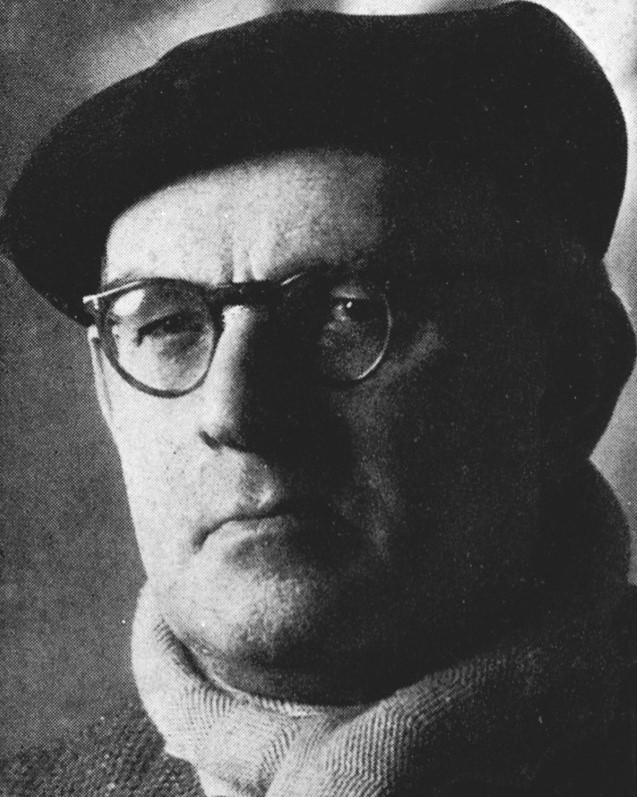Alfred ABERDAM
Декабрь 31, 2018Jankel ADLER
Декабрь 31, 2018Мишель АДЛEН
САКИ (УКРАИНА) 1898 – ПАРИЖ 1980
С 1915 по 1922 годы Мишель Адлен брал уроки живописи в Вене, где впервые выставил свои работы. В 1923 году принял участие в выставках графического искусства в Берлине. Затем перебрался в Париж, где в 1925 году работал в стиле под влиянием кубизма. Адлен получил французское гражданство. С 1929 года он делал иллюстрации для различных сказок и романов. В 1932 году вышел альбом его литографий, предисловие к которому было составлено Андре Сальмоном. В 1936 году Адлен принял участие в Международной выставке гравюры по дереву в Варшаве.
С 1928 года музеи Москвы и Киева начали приобретать его гравюры. В 1937 году сотрудничал с журналом Nos artistes. В 1955 году Арман Лану опубликовал монографию Адлена. В 1960 году был опубликован альбом с его эстампа- ми по цирковой тематике: «Клоун Парижа». В 1963 году Пьер Мак Орлан написал предисловие к последнему альбому Адлена «Иль-де-Франс». Мишель Адлен, художник парижских окраин и самого Парижа, умер в своей мастерской 21 января 1980 года.
Stories of Jewish Artists of the School of Paris 1905-1939
FRENCH-ENGLISH
Capitale des arts, le Paris des années 1905-1939 attire les artistes du monde entier. De cette période de foisonnement, un terme est resté, celui d'Ecole de Paris, qui recouvre une grande diversité d'expression artistique. Dans ce brassage dont Montparnasse est le creuset, un groupe se distingue : celui des artistes juifs venus de Russie, de Pologne et d'Europe centrale. Si leurs styles sont variés, un destin commun les rassemble : ils fuient l'antisémitisme de leur pays d'origine. Certains ont connu la célébrité dès les années 1920, tels Soutine, Lipchitz ou Chagall. D'autres n'ont pas eu le temps ou la chance d'y accéder. Près de la moitié a péri dans les camps de concentration nazis.
From 1905 to 1939, Paris attracted artists from all over the globe as the capital of the art world. This period of artistic proliferation became known as the School of Paris, and includes a great diversity of artistic expression. Within the teeming art world centred on Montparnasse, one group set itself apart: Jewish artists from Russia, Poland, and Central Europe. Although their styles were diverse, they shared the common fate of fleeing anti-Semitic persecutions in their home countries. Some became famous in the 1920s, such as Soutine, Lipchitz, and Chagall, while others did not have the time or the luck to gain renown. Nearly half of these artists died in Nazi concentration camps.





